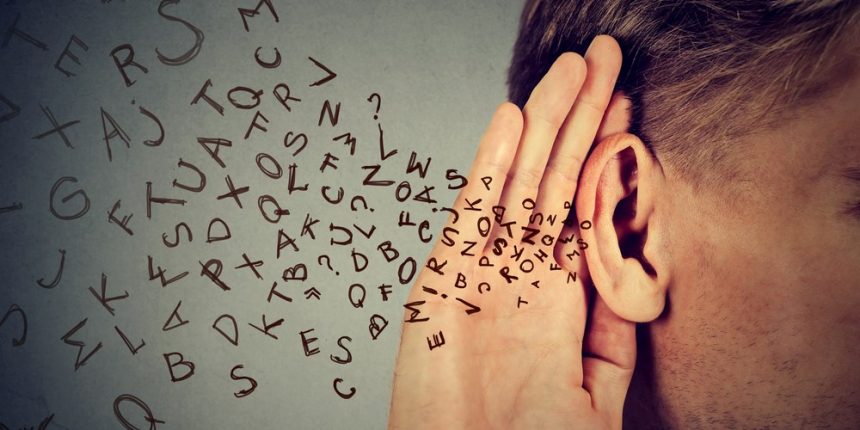By Dr. Alan Leavens
I have been accused by a very close friend of not properly paying attention to, or really listening to her when she speaks to me. I feel like I’m listening, but how do I convince her that I am?
Active Listening is a technique used by therapists, counselors, life coaches and other professionals. It focuses on how to concentrate on what is being said in order to understand and remember; this way a reasonable response can be made to the speaker. The technique can be used easily and in a positive way while engaging with your conversation partner. The best conversations begin with a display of interest in the other person and what they might be interested in. It requires the listener to pay attention, reflect back what is being said, and withhold judgment and advice. It means refraining from responding with your own story or similar example until the speaker’s story is completed. This way you make it clear that you have paid attention to what was being related.
Your goal when actively listening is to give the other person adequate time to develop their thought. Throughout you need to let them know by verbal and non-verbal means that you’re hearing what s/he is really saying. Verbal affirmations include things like “I understand,” “Okay,” “Uh huh,” “Hmmm,” and “Sure.” Non-verbal cues that show you’re listening include good eye contact, nodding, and leaning forward. Reflecting back to the speaker or summarizing what was said shows that you were listening, and that you understood what was conveyed. Also, allowing a few seconds of silence without the need to fill all the spaces with your own opinions shows that you are patient and intent on hearing more. Asking an occasional question or requesting clarification or expansion on a point, makes it very clear that you have been paying attention to the content of the conversation. Be careful about the kinds of questions you ask. If the question takes the speaker away from the original topic, you’ve succeeded in derailing the flow of conversation instead enhancing it.
Remember also, that listening is not the same as hearing. Hearing is the process of the sound of talking entering your ears. It’s an involuntary physical ability involving the ears, and no conscious effort is required. Listening, however, means paying attention not only to the story, but also to the manner in which the story is being told, and what it might mean that you are the recipient of that story. It means being aware of the gist of the story, both verbally and non-verbally.
Listening is by no means a passive process. It’s called active for good reasons. In a good conversation both parties are equally involved. Both are interested, engaged, and by turns, comprehending and appreciating what is being shared. Following these few guidelines to listening will surely convince your friend that you are indeed interested in what she has to say.
Alan Leavens PhD, is a California licensed Clinical Psychologist, living and working in San Miguel de Allende. For questions or concerns that you wish him to address, please email: aleavens@drleavens.com

